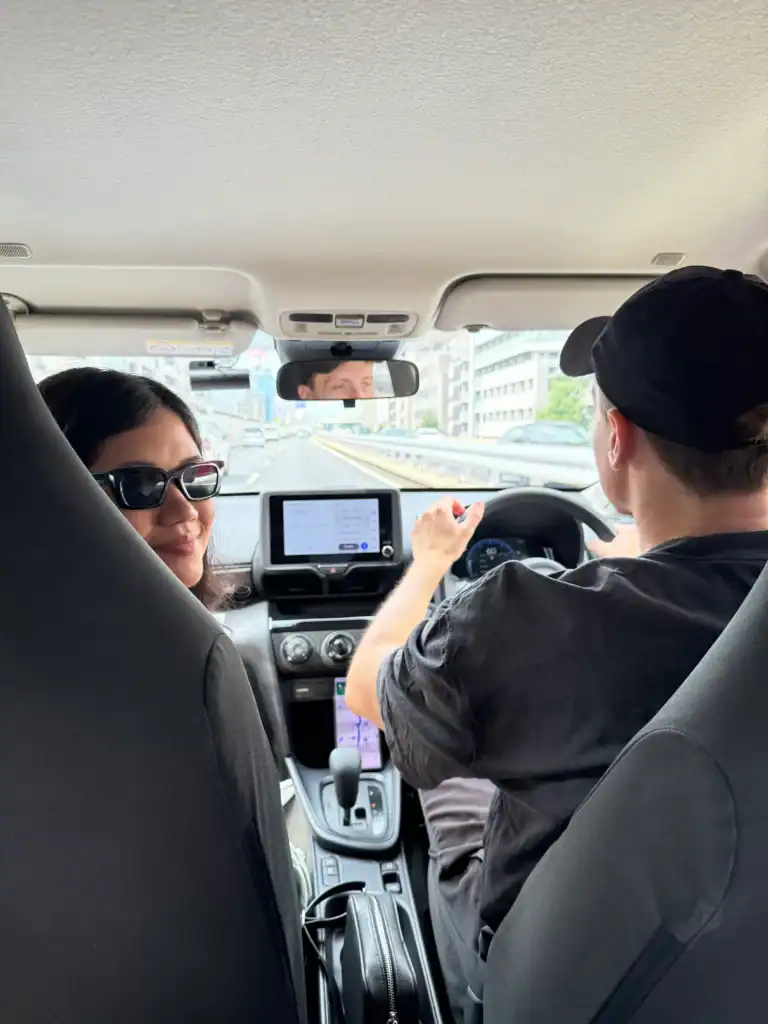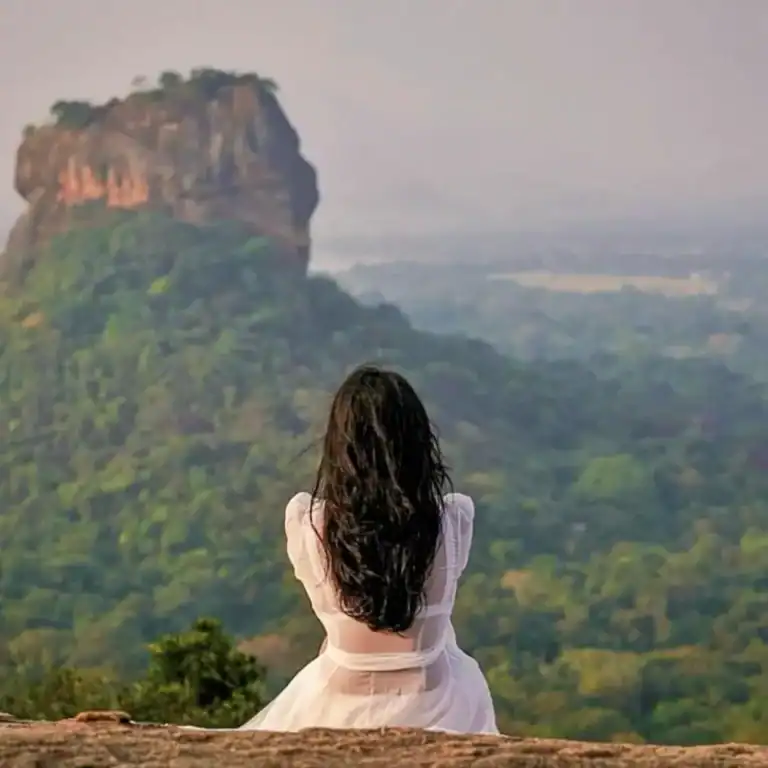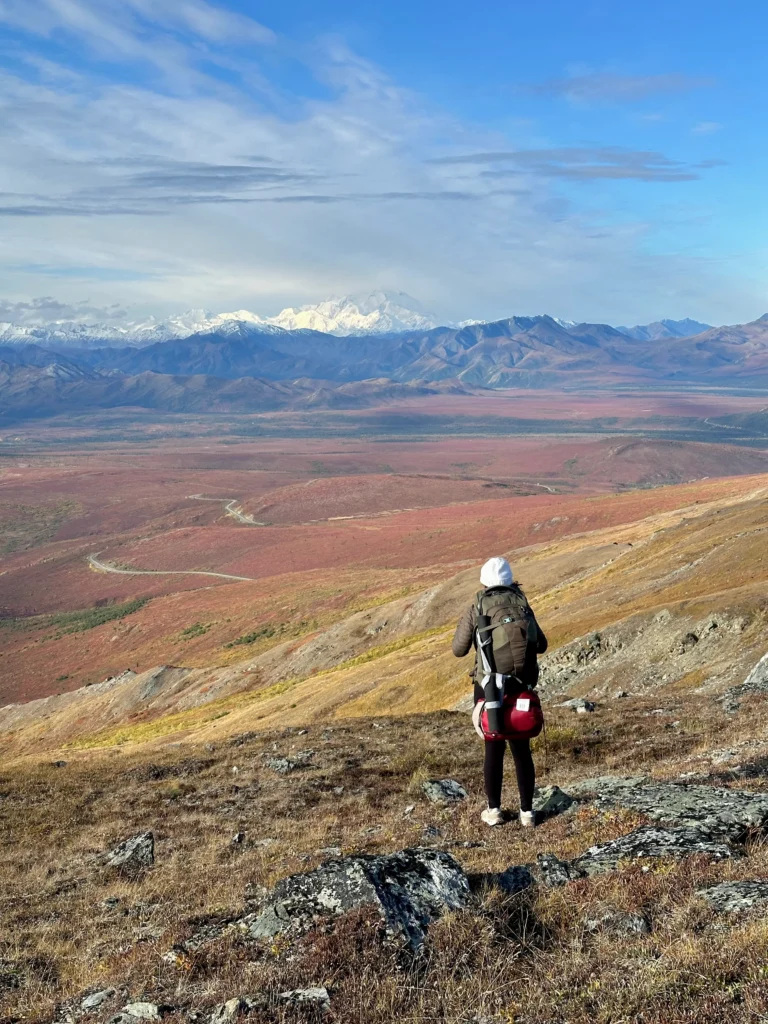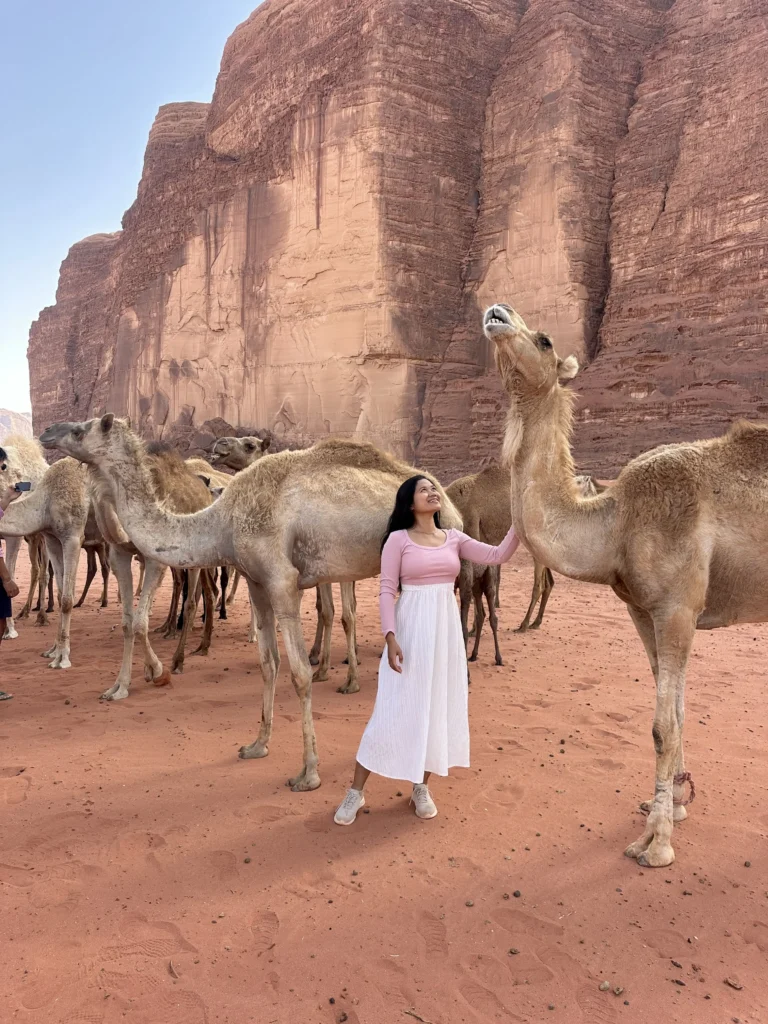8 Life-Changing Benefits of Slow Travel
I used to cram four cities into five days. Wake up before sunrise, race through landmarks, line up for the Instagrammable photos, and fall asleep exhausted—only to do it all over again. My camera was full, but me? Drained.
That’s when I realized I wasn’t enjoying this kind of travel anymore. It was stressful. Exhausting. And felt like I was more focused on capturing the moment than actually enjoying it. There had to be another way.
That’s when I discovered the benefits of slow travel, and it changed everything.
No, slow travel isn’t lazy or uneventful. It’s intentional. It’s about connection over checklists, depth over speed, and truly experiencing a place rather than just passing through it.
In this post, you’ll learn the real benefits of slow travel—including how it helped me fall back in love with exploring the world (again), and myself.
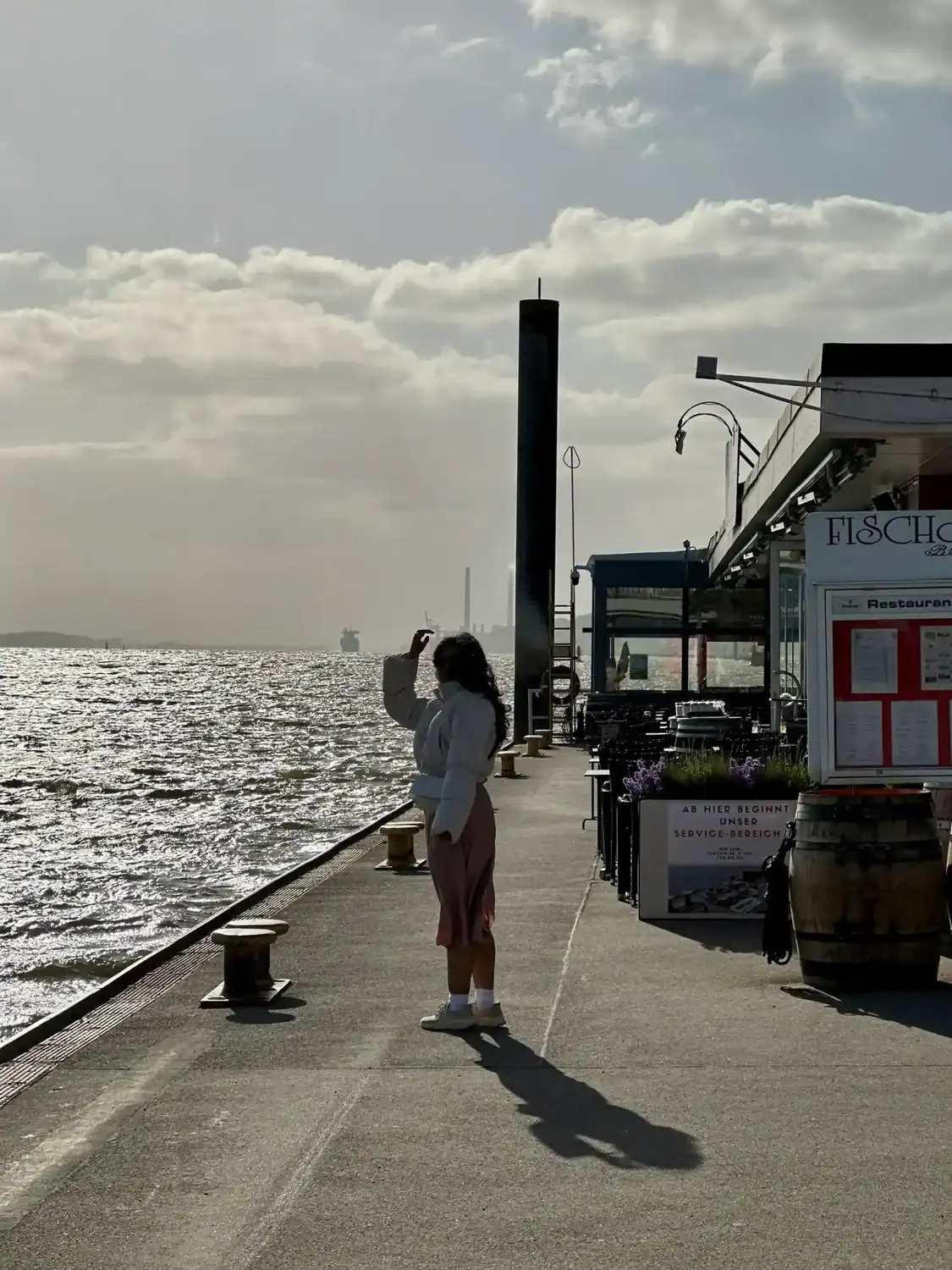
What are the benefits of slow travel?
1. You Connect More Deeply with the Place, Culture, and People
When you’re not rushing, you start noticing.
The ice cream vendor who shares generations of stories about the village. The way light hits the temple walls at 4 p.m. A neighborhood dog that decides to hike with you. The rhythm of daily life that no tour ever shows.
In Jordan, I spent two weeks in a Bedouin camp. Instead of cramming everything into a one-day jeep tour, I learned how to care for desert plants and camels, practiced Arabic with the kids, and slept in an open cave under a sky full of stars.
Those connections? They’re why I kept traveling. I stay in places long enough to truly connect—and to really experience them.
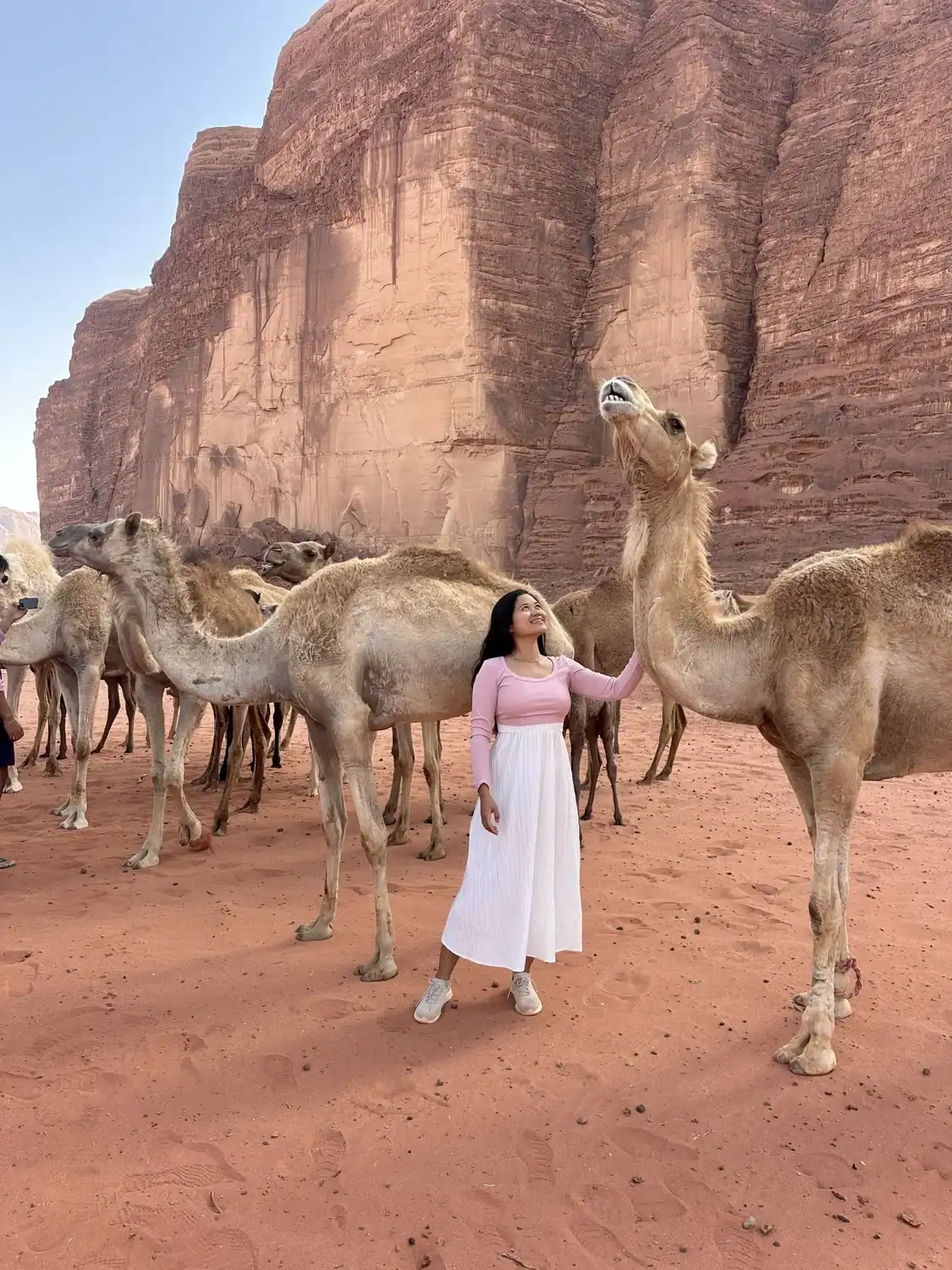
2. You Actually Feel Rested After Your Trip
How often do we come back from vacation more exhausted than when we left? Needing another vacation to recover? It’s a funny irony that most of us are guilty of.
Slow travel flips that script.
It gives you permission to sleep in, linger over breakfast, and spend an entire afternoon watching waves instead of racing from one attraction to the next.
Sometimes, I spend those slower afternoons reading or journaling. If you’re a reader on the go, free online books are a perfect way to fill quiet moments—especially when your paperbacks didn’t make it into your bag.
Slower travel also lets you experience even the busiest cities in a calmer, more grounded way.
When I visited Berlin, everyone said there was so much to do—from museums and historical landmarks to techno clubs. And they were right. But I chose to experience it differently.
I explored Berlin through the eyes of someone who knew it well—my boyfriend, who had lived there for seven years. We did a walking tour to learn about the Berlin Wall, ate incredible Asian and Middle Eastern food, wandered through flea markets where I found the perfect secondhand jacket, and even spent an evening playing games at a cozy board game café.
I came home lighter. Not just physically rested, but mentally and emotionally, too. I went straight back to writing, without that post-trip crash.
A slow travel itinerary like this doesn’t just give you memories—it gives you the genuine rest you wanted.
3. You Spend Less but Experience More
It sounds counterintuitive, but it’s true: the longer you stay, the cheaper it gets per day.
I’ve spent under $500 a month in Bali and Thailand. I traveled across the U.S. for five months on just around $6,000 by volunteering through Worldpackers and Workaway, cooking my own meals, using public transportation, and staying in one spot for weeks at a time.
If you’re only in a place for three days, you’re on a mission. You want to see as much as possible, so you cut out “time-wasters” like walking, talking to strangers, or figuring out where locals actually eat. That’s why you book day tours, take taxis, and end up at overpriced tourist restaurants.
But if you stay somewhere for a few weeks, you don’t have to rush. You can visit places slowly—one or two each day—and get there by walking or taking the bus. You talk to locals and find where they eat, which is usually cheaper (and better). You can even stay outside the city center, where it’s more peaceful and affordable, because hey—you’ve got time.
The result? More depth, less stress. I wasn’t spending on transport every other day or paying extra for fast tours. I was just… living there. And that made all the difference.
4. You Avoid the Crowds (and the Chaos)
When you stop chasing all the “top 10 things to do,” you find something better: peace.
Slow travel gives you the freedom to explore places during off-peak seasons, at off-peak hours, visit lesser-known towns, and skip the long lines. Even Paris—one of the most visited cities in the world—feels different in May or September when the crowds thin out.
I actually avoided Paris for years because I thought it was just one big tourist trap. I was wrong. So wrong. When we finally visited in September, I got to enjoy the quieter streets, local markets, long walks along the Seine and even a picnic near the Eiffel Tower. And I understood. I finally saw why it’s one of the most beloved cities in the world.
That’s the beauty of slow travel. You see places in their rawest, most honest form. Even the popular ones. And that’s when the magic happens.
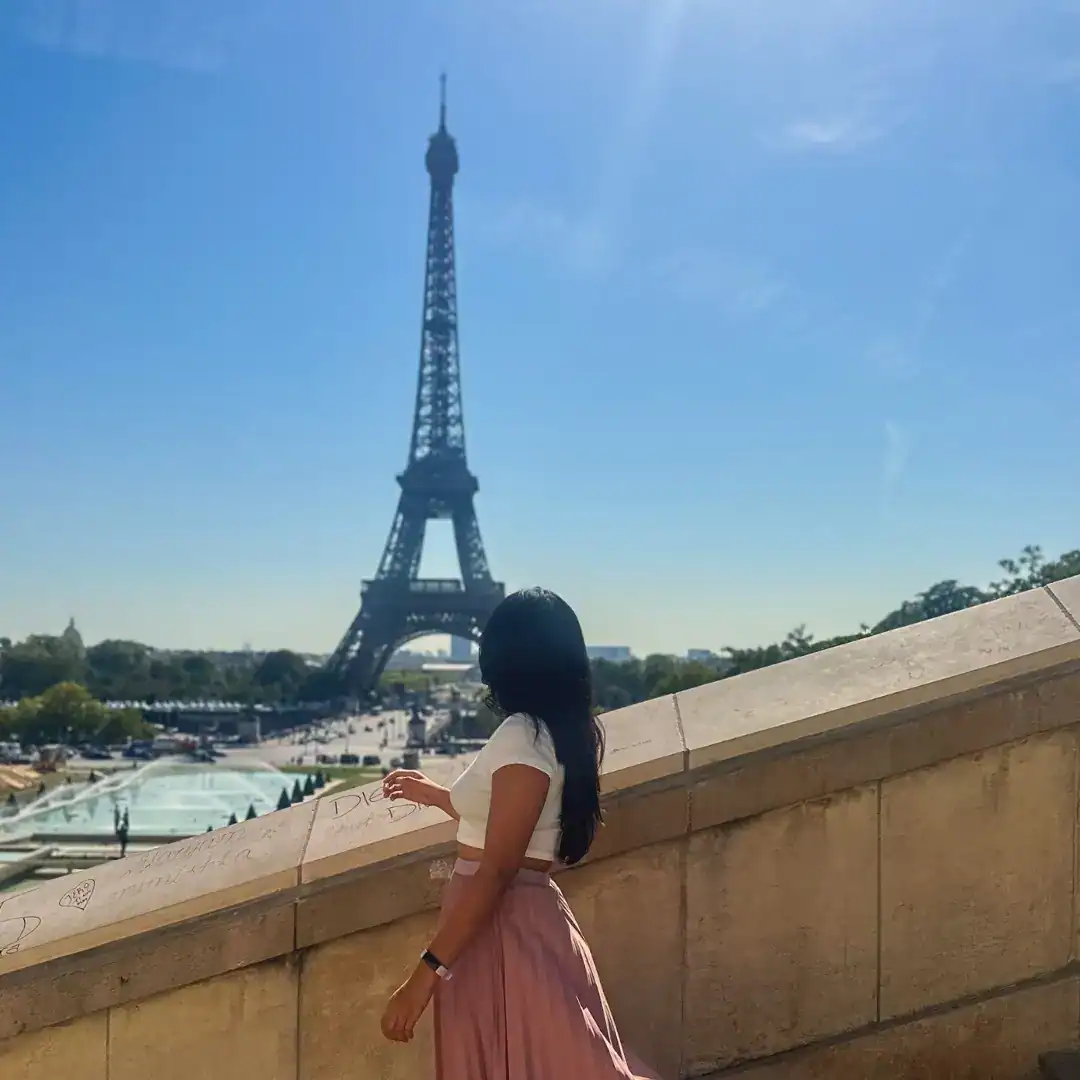
5. You Travel in Sync with What You Truly Need
You take trips for different reasons. Some are to see the sights. Others to tick off a bucket list. Some are simply to rest.
That’s the problem with most itineraries you find online. They assume we all travel for the same reason—to see and do everything.
When I quit my job and started traveling full-time, I didn’t feel the need to rush anymore. I had time. I didn’t need to cram everything into one trip. The FOMO was gone.
You might be thinking, “Well, that’s easy for you to say—you’re traveling full-time. What about those of us who only get 15 days off a year?”
You don’t need to travel full-time to try slow travel. You can try it on your next trip. Just once. Spend one day doing less—or even nothing—and see how it changes your whole experience.
Traveling slowly reveals what you actually want—or need. What excites you. Whether you still have energy to explore, or if calling it a day early feels just right. It takes away the guilt and gives you permission to do the trip your way.
And if you’re not sure what kind of trip actually suits you? Start by figuring out what kind of traveler you are. You can take this quiz I made to help you find out.
Then, choose your travel destination based on your travel archetype. It changes everything.
6. You Make Room for Magic
Spontaneity is the soul of slow travel.
In Alaska, I ended up hiking and wild camping in Denali National Park with a fellow volunteer—someone I got close with after I took over his toilet-cleaning shift so he could have a day off.
In the Philippines, I met a guy while lining up at a salad bar who ended up talking to me for three hours… and introduced me to the world of digital nomads. And in Sri Lanka? I met the love of my life.
None of these moments were on my itinerary—but they never would’ve happened if I’d been busy sticking to one.
When you don’t plan every second, life has room to surprise you.

7. It’s Better for the Environment
Fewer flights. Longer stays. Local purchases. Slow travel lightens your carbon footprint and strengthens local economies.
Instead of bouncing between four cities, I now spend weeks—even months—in just one. I take trains instead of planes. I bike. I walk. I shop at farmers’ markets. I cook my own meals. I eat what’s local. I stay in family-run places, often outside the city.
Because I have time, I can take the time to choose what’s better for the planet.
One traveler won’t save the world. But millions choosing to slow down? That will.
8. You Remember the Feeling, Not Just the Photos
Fast travel gives you memories. Slow travel gives you meaning.
I barely remember the selfie I took at the Eiffel Tower. But I do remember the picnic we had nearby—the buttery croissant, the fresh strawberries, and grapes.
I remember the little girl in Laos who danced like nobody was watching during our sober tubing trip.
The dog who randomly joined me on a late afternoon walk in the Jordanian desert—who felt like a sign from my own dog, Nala. The best ice cream I tasted in Italy. And the quiet mornings watching the sun rise from our camper in different national parks across Utah.
Take all the photos you want—I still do. But make space for your heart to capture the moment, too.
Because in the end, it’s not just about what you saw. It’s about what you felt.
Slow Travel Changes You
None of this is just theory. These are the benefits of slow travel I’ve actually lived. And I’ll be honest—once you travel this way, it’s hard to go back.
It’s not always easy to choose slow. It takes intention. Sometimes, it means unlearning old habits. Moving past FOMO, scarcity mindset, or the guilt of “not making the most” by seeing and doing everything.
But the reward? Deep presence. Joy. Healing. Growth.
If you’re even a little curious, just try it once. Choose one place. Stay longer. Do less. Feel more.
Want to Plan a Trip Like This?
You said:
Need help creating a slow travel plan that reflects exactly what you need—whether that’s rest, adventure, or clarity?
I offer custom, soul-aligned travel planning through the Soulful Travel Design Lab. Together, we’ll create a flexible, slow-paced itinerary based on your travel archetype, needs, and goals.
Not another AI-generated PDF. This is handcrafted guidance, based in places I’ve explored myself.
You don’t need to see everything to have a meaningful trip. You just need to move in a way that feels true. Slow travel might be the permission slip you didn’t know you needed. And it just might change your life.


